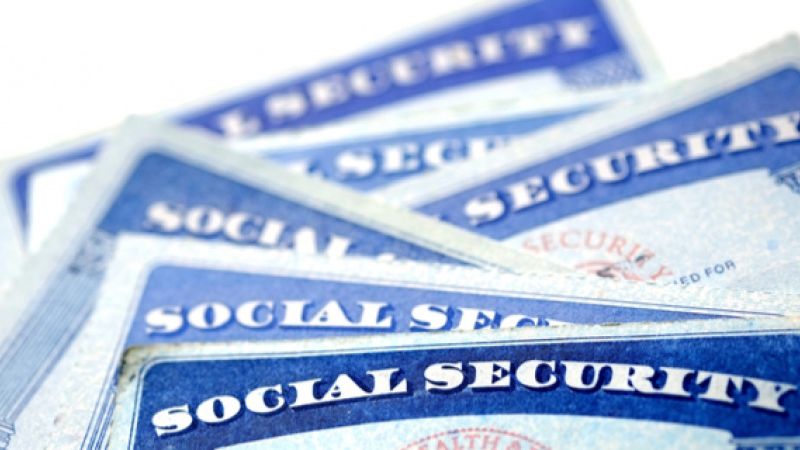It was recently made public that America’s Social Security program might not be able to pay out full benefits to recipients past 2035. The program, which was signed into law in 1935 to help support older adults in retirement, won’t come to a screeching halt, but it will have exhausted its cash reserves by then, forcing the Social Security Administration to only pay out what it gets in from current working Americans. Essentially, the Social Security program will be living paycheck-to-paycheck.
This is troubling news, not only to current retirees, but future ones as well. Many people who use a retirement calculator to figure out what they need to save in order to retire, consider receiving their full social security benefits as a factor. Without a social security safety net, the number of people who have to work past retirement age is likely to continue to increase. Here’s what you should know about social security.
Where Do Social Security Benefits Come From?
There are two trust funds that were established within the U.S. Treasury when Social Security legislation was passed in the 1930’s: Old Age and Survivors Insurance (OASI) and Disability Insurance (DI). Retirement benefits and disability benefits are paid out to recipients from these two trusts. Historically, Americans have put money into these trusts via taxes, where the money either stays out or is invested into special U.S. Treasury Bonds.
But with more people taking social security benefits out than currently paying into the trusts, the accounts are dwindling and the reserves will be depleted by 2035. By that time, people who were born in 1970 will be turning 65 and filing for social security for the first time.
How Can We Save Social Security Benefits?
While it’s up to Congress to take action, learning more about how the program works can help you advocate for a good plan to fix it. AARP has put together a report on the future of social security benefits that detail 12 different proposals that aim to resolve the problem and save the program.
Among the ideas that they’ve laid out are:
-
Raise the Retirement Age. Since Americans are now living longer than prior generations, raising the retirement age is one way to help fight back against the social security funding gap. If you were born between 1943 and 1954, the current age of filing for social security is 66, and it will gradually rise to 67 for those born in 1960 or later. Continuing to raise the age of full retirement is an option worth considering in order to save social security benefits for Americans.
-
Recalculate Cost of Living. Benefits have been adjusted over the years to account for the rising cost of living, and the method they use to achieve this is based on the prices of consumer goods and services. By using alternate methods to calculate the cost of living, experts estimate that money can not only be saved, but can also help provide more accurate benefits for seniors.
-
Reduce Benefits for Wealthier Seniors. Social security benefits are calculated based on what an employee has earned during their working years. By reducing the benefits for the highest-earning 25 to 50 percent of seniors, it could help bridge the current funding gap.
-
Increase Payroll Tax Rates. Raising the payroll tax for all employees and employers would increase the annual contribution to social security trusts exponentially. According to AARP’s report, “most Americans would rather pay more than see Social Security cut.” In fact, just 50 cents more per week per employee could help save Social Security.
Do you have a solution to the Social Security problem? If so, we’d love to hear from you! Tweet us @MedicalGuardian.

